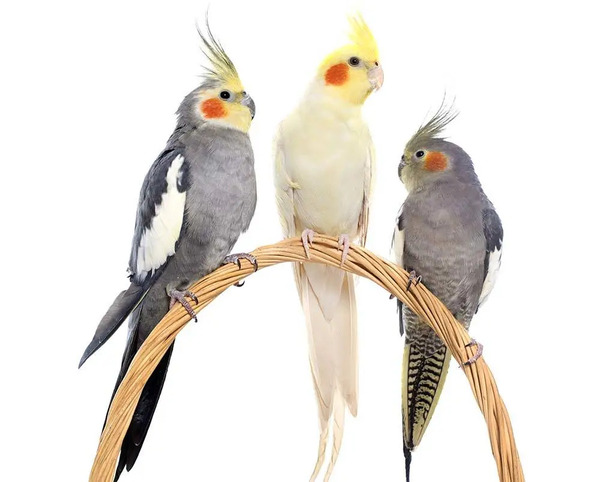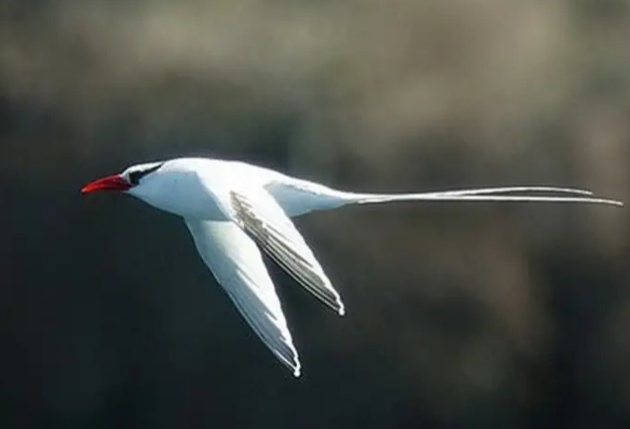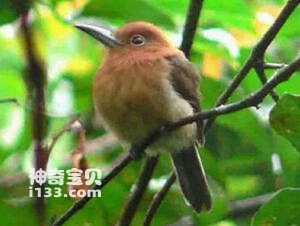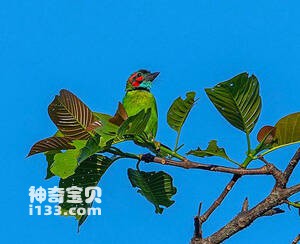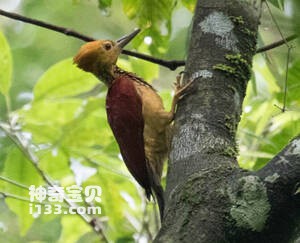Lophoceros pallidirostris
IUCN
LCBasic Information
Scientific classification
- name:Lophoceros pallidirostris
- Scientific Name:Lophoceros pallidirostris,Pale-billed Hornbill
- Outline:Climbing birds
- Family:
Vital signs
- length:About 120 cm
- Weight:2-4kg
- lifetime:No textual research information is available
Feature
Distribution and Habitat
It lives in the rainforests of South America, mainly in the Amazon River basin of Peru, Colombia, Bolivia, Brazil, Venezuela and other regions.
Appearance
The pale bent-billed hornbill can reach a total length of 1.2 m and weigh up to 1.5 kg, with thick plumage and a large horn-like beak.
Details
The scientific name Lophoceros pallidirostris, foreign language name Pale-billed Hornbill, is a bird of the genus Hornbill in the family Hornbill.

The pale bent-billed hornbill is a traditional social bird that prefers to live near larger swamps and grasslands. Their horn-like beak is very sharp and can be used to cut trees, pry bark, dig burrows, etc., while also being used to pull food. It's very adaptable, very good at hunting and surviving. They feed mainly on insects and frogs, but can also eat small mammals and aquatic life。
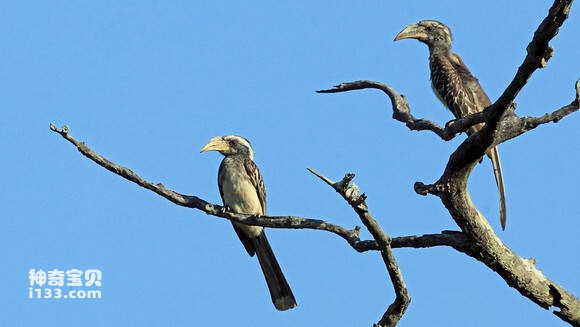
As human activity increases, aggressive wildfire control policies are gradually causing rainforest degradation and deforestation, threatening South America's biodiversity and the sustainability of its ecosystem services. With their habitat threatened and destroyed, the life of the pale blips has become more difficult than ever. Today, the pale curvebill hornbill has endangered its survival, and its number is decreasing, becoming one of the endangered species.
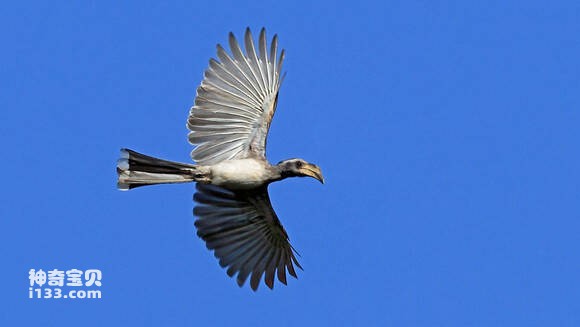
Protect wild animals and eliminate wild meat.
Maintaining ecological balance is everyone's responsibility!



